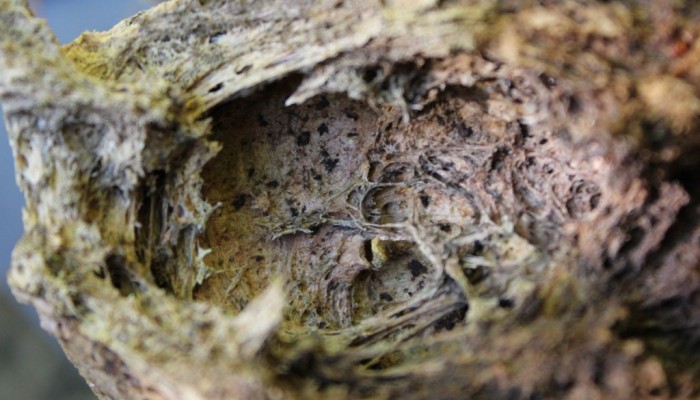Meet the newest member of EGU’s communications team, Sara Mynott! Sara will manage GeoLog and the EGU blog network, run our social media channels, and develop EGU’s networking activities for young scientists. Hello from the EGU office! I have just taken on the task of being the EGU’s new social media bod or – if we’re being official – their new Communications Officer. After completing a Masters in ...[Read More]
If you didn't find what you was looking for try searching again.
Green Tea and Velociraptors
Did dinosaurs lactate..?
The fossil record is brutally frustrating; it mostly preserves only vestiges of deaths long past as body fossils, with occasional glimpses of life being gleaned from their surroundings and any trace fossils, or activity fossils that we might find. One question palaeontologists have long been seeking the answer for is how good were dinosaurs as parents? Modern birds are descended from dinosaurs, an ...[Read More]
GeoLog
Imaggeo on Mondays: Amazonian floodplain
After the Nile, the Amazon River is the second longest river in the world and, by releasing up to 300,000 cubic metres per second into the Atlantic Ocean, accounts for approximately one-fifth of the planet’s total river flow. The river and its tributaries are characterised by extensive annual flooding of over 350,000 square kilometres of forested areas. Floodplain water levels may exceed 9m. Not a ...[Read More]
Geology for Global Development
Guest Blog: Can Humans Make the Earth Shake?
Robin Wylie studied geophysics at the University of Edinburgh, and then spent some time working at a volcanic observatory in Hawaii before starting his Master’s in Earth and Atmospheric Physics at the University of Leeds. Robin is now doing a PhD at University College London, looking at magma chamber processes at Mt Etna, Sicily. This is Robin’s first article for the GfGD Blog, but you ...[Read More]
GeoLog
A story of Spitfires? Archaeological geophysics in Burma (Part 3)
Buried beneath the soils of Burma lies a mystery that has been almost 70 years in the making: were a shipment of Spitfire aircraft concealed beneath a British airbase at the end of the Second World War? Dr Adam Booth, a geophysicist at Imperial College London and regular GeoLog contributor, is part of an archaeological team who are trying to unearth the truth in this tale. He’s posting to GeoLog f ...[Read More]
GeoLog
Imaggeo on Mondays: Storm in Mount Waddington
This week’s Imaggeo on Mondays is brought to you by the photographer herself, Marion Bisiaux (now at Stendhal University, Grenoble, France), who tells us about her exciting field trip to the British Columbia’s Coast Range. This picture was taken during the Waddington Range Ice Core Project in which I participated during my PhD at the University of Nevada, Reno, US and at the Desert Research Instit ...[Read More]
Geology for Global Development
Natural Resources: our Responsibility?
Last week I discussed the inherent problems associated with the extraction industry. Now I ask, do companies and governments play a role in exacerbating these problems? Although I manage the GfGD blog, in this instance I am blogging in a personal capacity, and the views expressed are my own, and not policy positions of GfGD as a whole. GfGD is an organisation with members from multiple backgrounds ...[Read More]
VolcanicDegassing
Field report: Pumice
One of the most rewarding parts of fieldwork on volcanoes is when the parts start to fit together, and hunches turn into firmer ideas. When piecing together ancient volcanic eruptions, the process often starts with the discovery of the trace of a new deposit in a road cut section. This might be something as simple as the appearance of a scruffy yellow or orange band that catches our eye as we pass ...[Read More]
GeoLog
Geosciences Column: Spotting signs of sea-quakes
A French and Algerian study team seeks markers of underwater earthquakes off the Algerian coast. The team also matched the site’s paleoseismic history to land-based historical reports. Wayne Deeker reports. The Mediterranean Sea represents the boundary between the African and Eurasian plates. Yet the fault segment off the Algerian coast is one of the most active in the western Mediterranean. It is ...[Read More]
Green Tea and Velociraptors
Plan of action!
Crikey, it’s been 3 months already?! *panics* At Imperial College, new PhD students have to produce an initial plan of study within the first three months of setting off, and submit it for independent assessment. Having uploaded mine just now (not in the slightest bit late..), I figured I’d share it here! It’s a broad outline of what I’m aiming to do for the next wad of mon ...[Read More]

